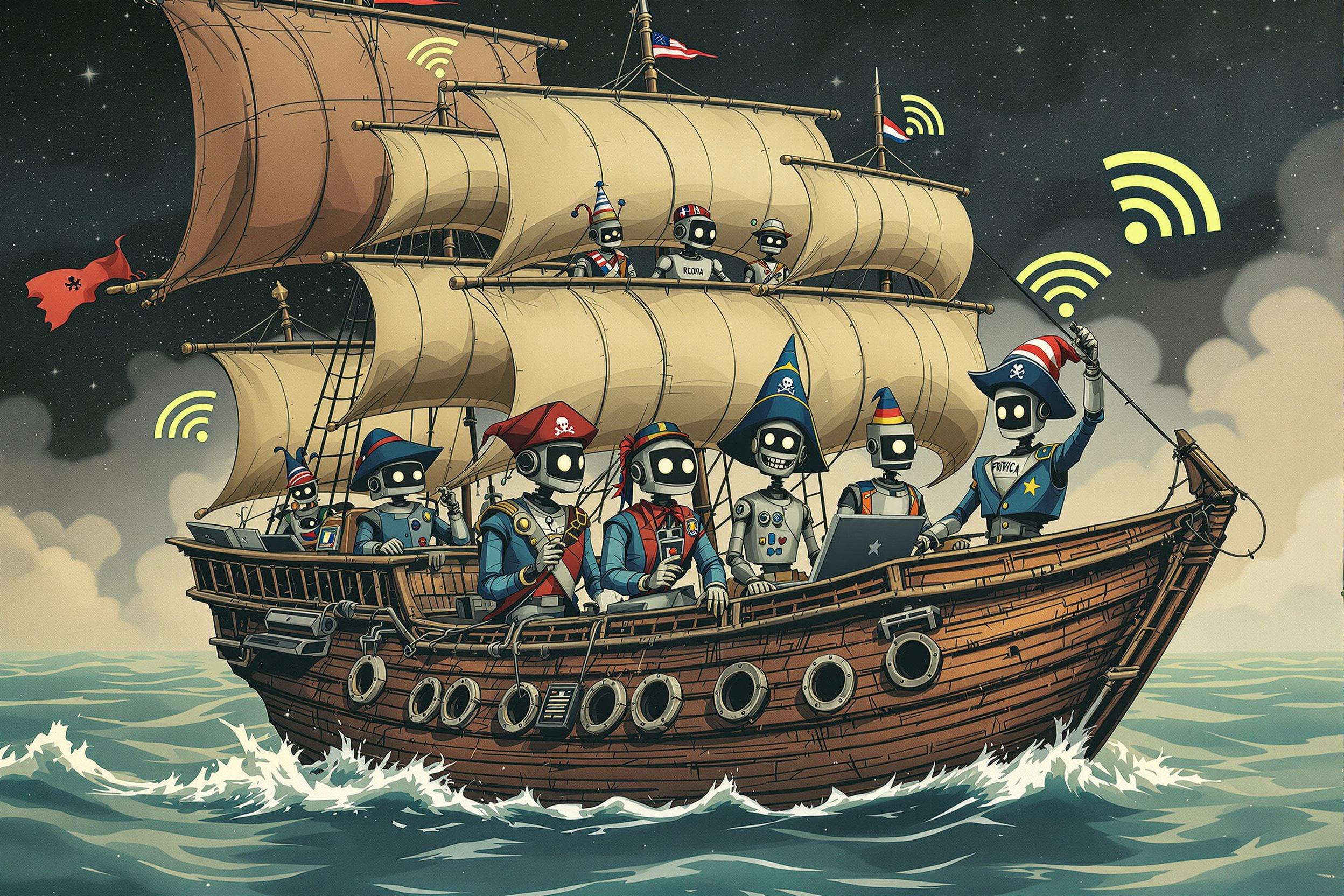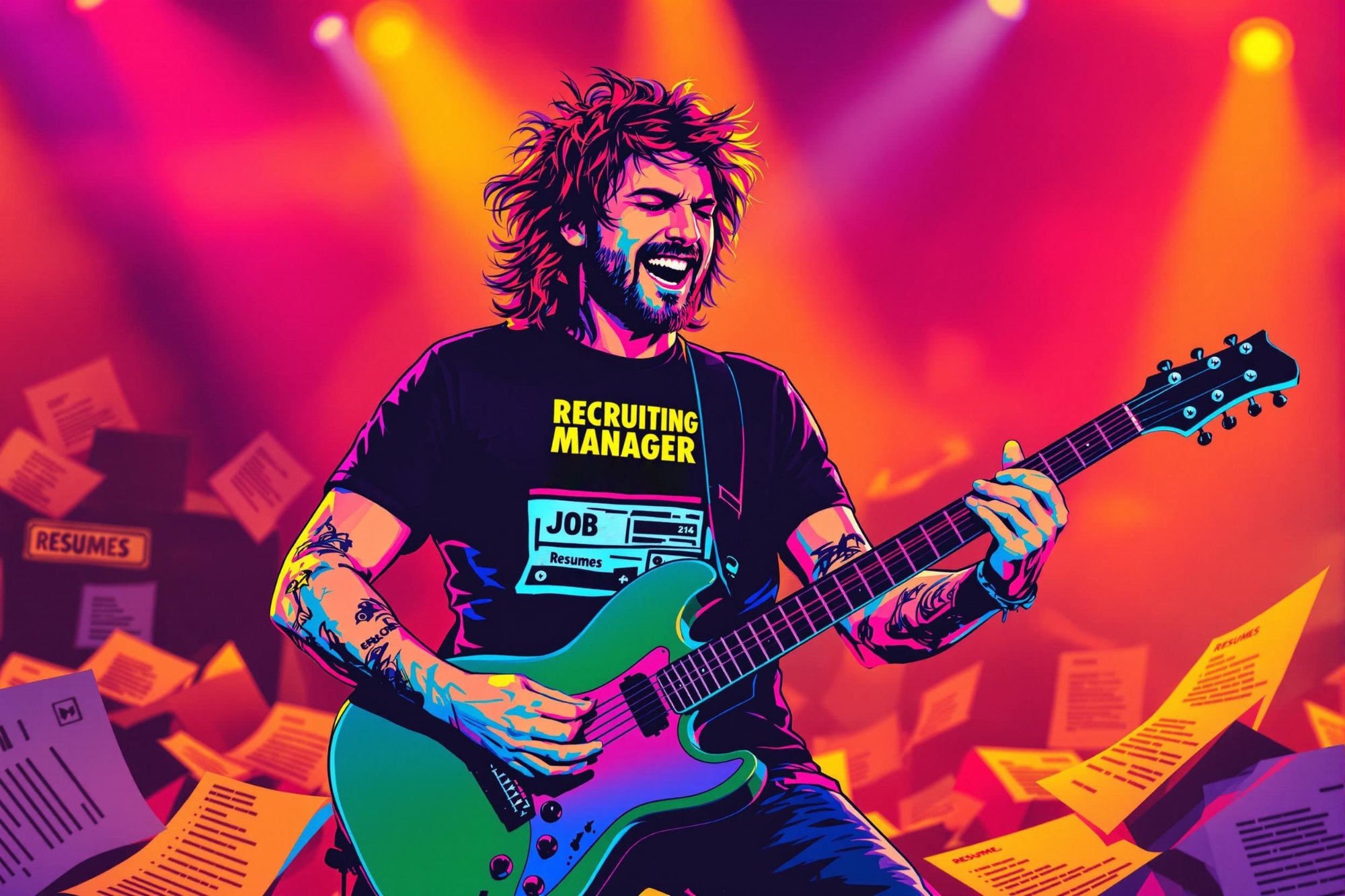
Reaction Shots
Reaction shots are crucial elements in stunt work and action sequences where performers need to show realistic responses to events happening around them, like dodging explosions or reacting to fights, without actually being in danger. These shots are carefully choreographed movements that make action scenes look more believable to viewers. Think of them as the facial expressions and body movements that actors and stunt performers make to sell the illusion of danger or surprise, even though they're performing in a safe, controlled environment.
Examples in Resumes
Choreographed Reaction Shots for main cast during explosion sequences
Trained background performers in proper Reaction Shot techniques for crowd scenes
Coordinated safety measures for Reaction Shots in high-intensity action sequences
Typical job title: "Stunt Coordinators"
Also try searching for:
Where to Find Stunt Coordinators
Professional Organizations
Industry Networks
Training Resources
Example Interview Questions
Senior Level Questions
Q: How do you plan safety protocols for large-scale reaction shots with multiple performers?
Expected Answer: A senior coordinator should explain their process for risk assessment, safety briefings, rehearsal procedures, and emergency protocols. They should mention how they coordinate with different departments and manage multiple performers.
Q: What's your approach to training inexperienced actors in reaction shots?
Expected Answer: Should discuss teaching methods, safety considerations, and how they build confidence in performers while maintaining safety standards and achieving the director's vision.
Mid Level Questions
Q: How do you coordinate reaction shots with special effects?
Expected Answer: Should explain timing coordination with effects team, safety distances, and how to achieve realistic reactions while keeping performers safe.
Q: What factors do you consider when choreographing group reaction shots?
Expected Answer: Should discuss crowd management, sight lines, timing, and how to make group reactions look natural and not synchronized.
Junior Level Questions
Q: What are the basic safety considerations for reaction shots?
Expected Answer: Should cover fundamental safety protocols, proper distances from effects, and basic reaction timing.
Q: How do you communicate timing cues to performers during reaction shots?
Expected Answer: Should explain basic cueing systems, verbal and visual signals, and how to ensure performers react at the right moment.
Experience Level Indicators
Junior (0-2 years)
- Basic safety awareness
- Understanding of reaction timing
- Simple choreography execution
- Communication with performers
Mid (2-5 years)
- Group coordination
- Effects timing management
- Advanced safety protocols
- Performer training
Senior (5+ years)
- Complex sequence design
- Risk assessment and management
- Department coordination
- Emergency protocol development
Red Flags to Watch For
- Lack of proper safety certification
- No experience with safety protocols
- Poor communication skills
- No understanding of timing and coordination with effects
- Insufficient knowledge of industry safety standards
Related Terms
Need more hiring wisdom? Check these out...

Supercharge Your Candidate Screening: 7 Unorthodox Ways to Hire Faster Without Breaking a Sweat

Resume Screening Reinvented: 9 Unconventional Strategies to Discover Top Talent Hidden in Plain Sight

Who’s Really Running Your Interviews? How to Reduce Bias in Remote Hiring

